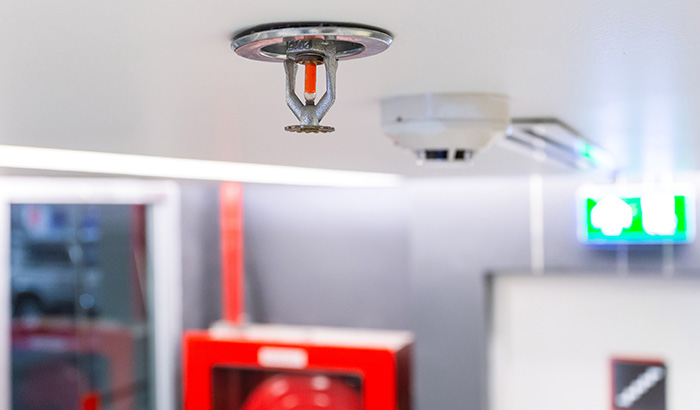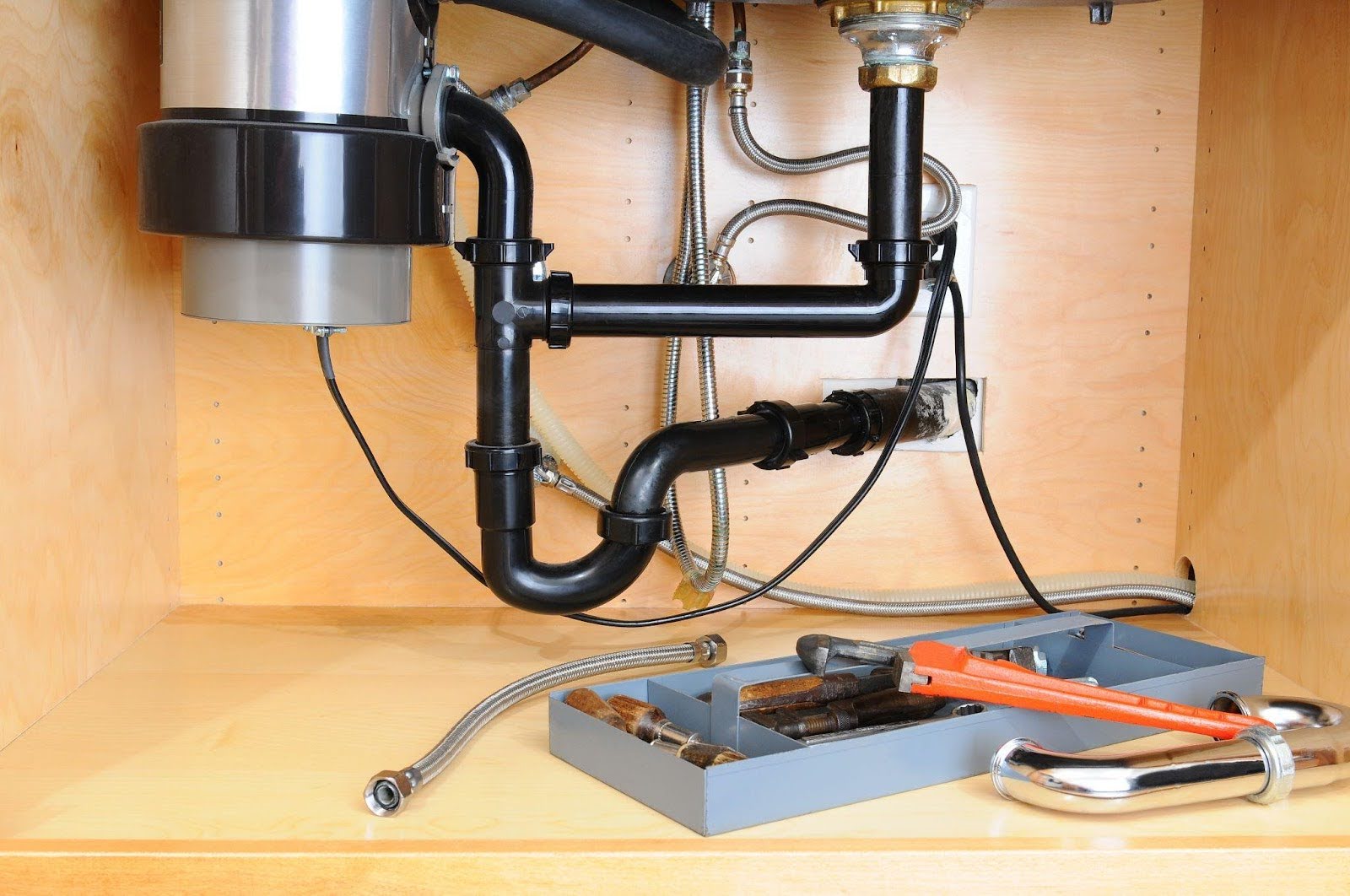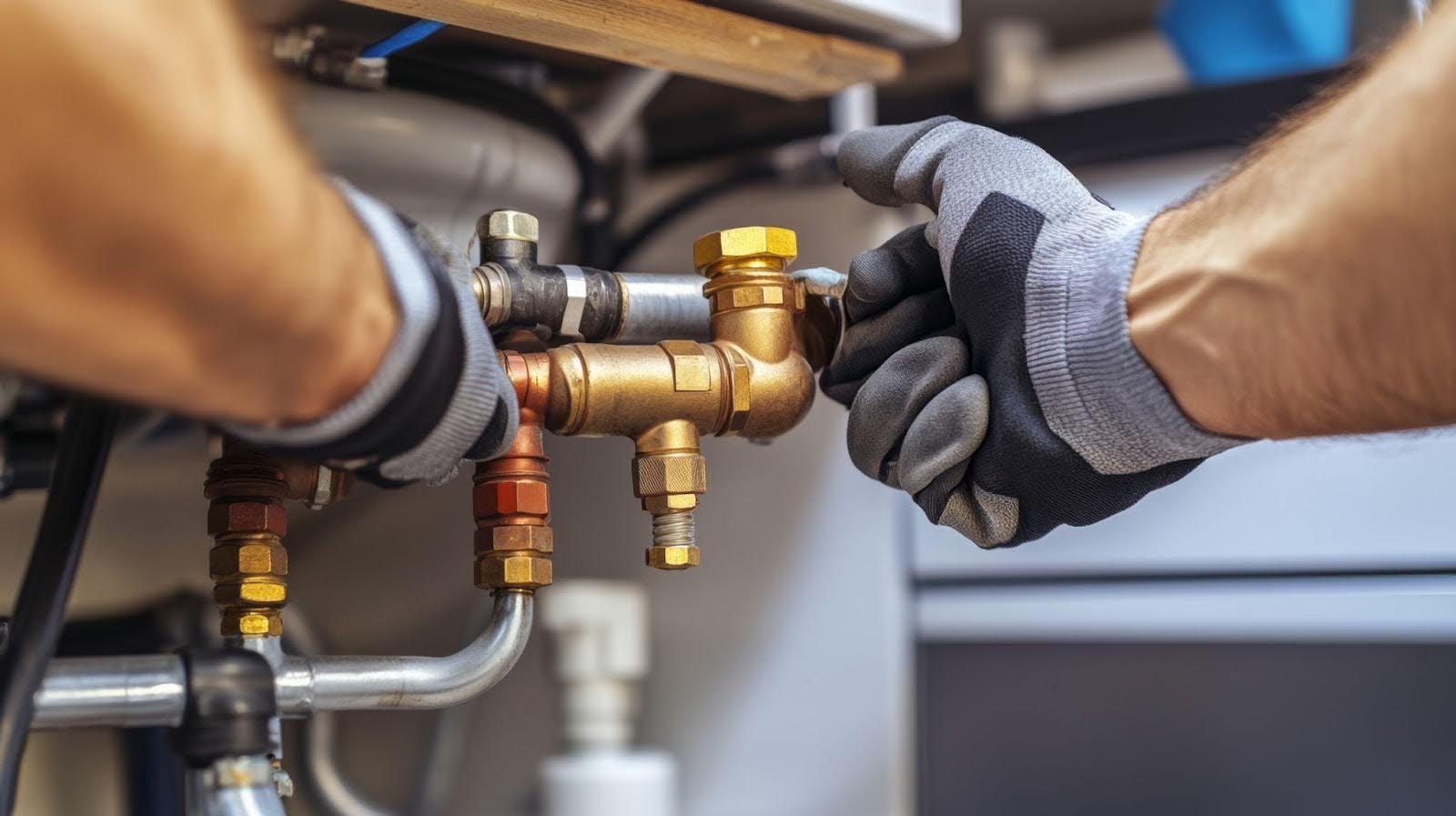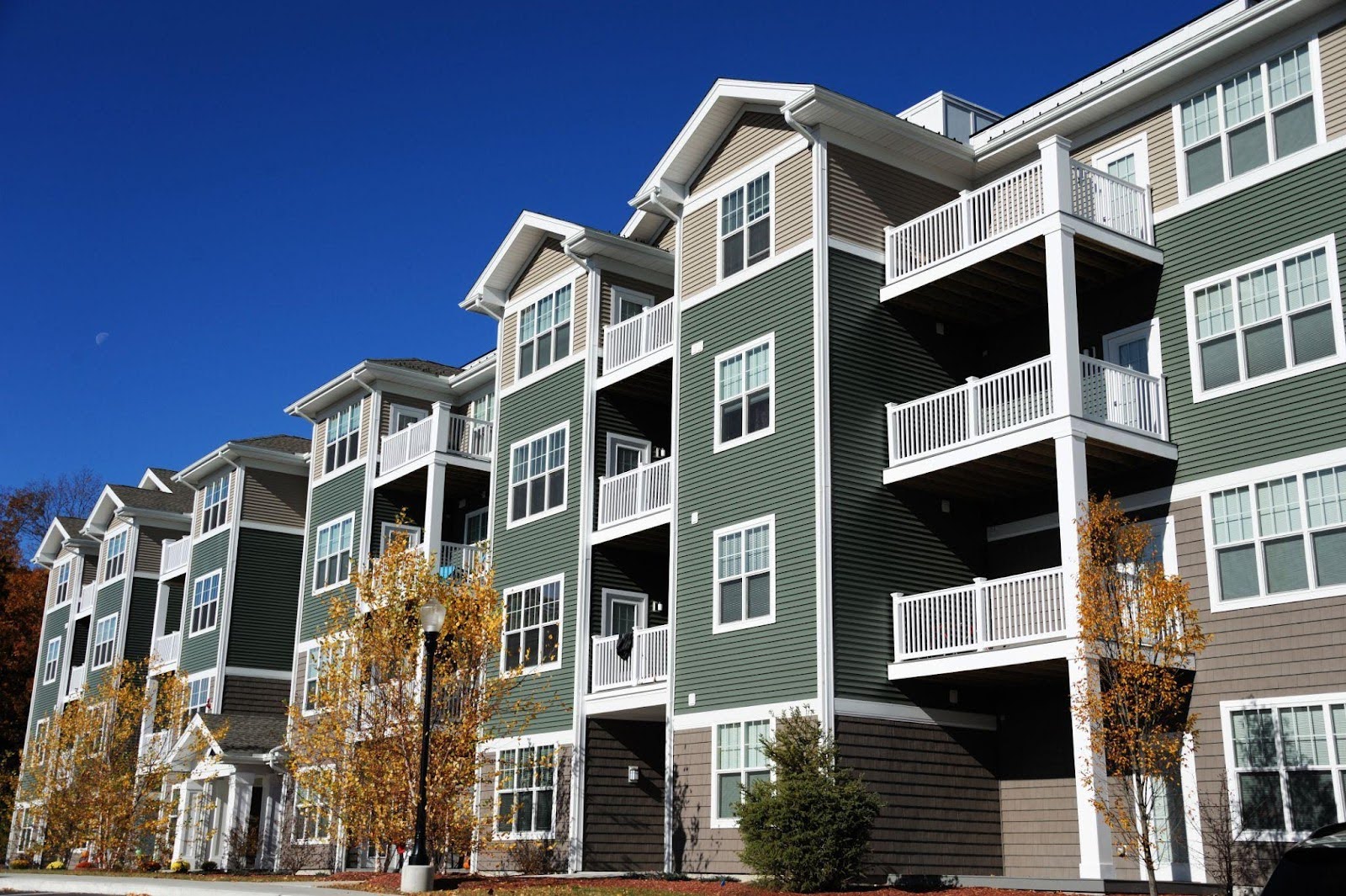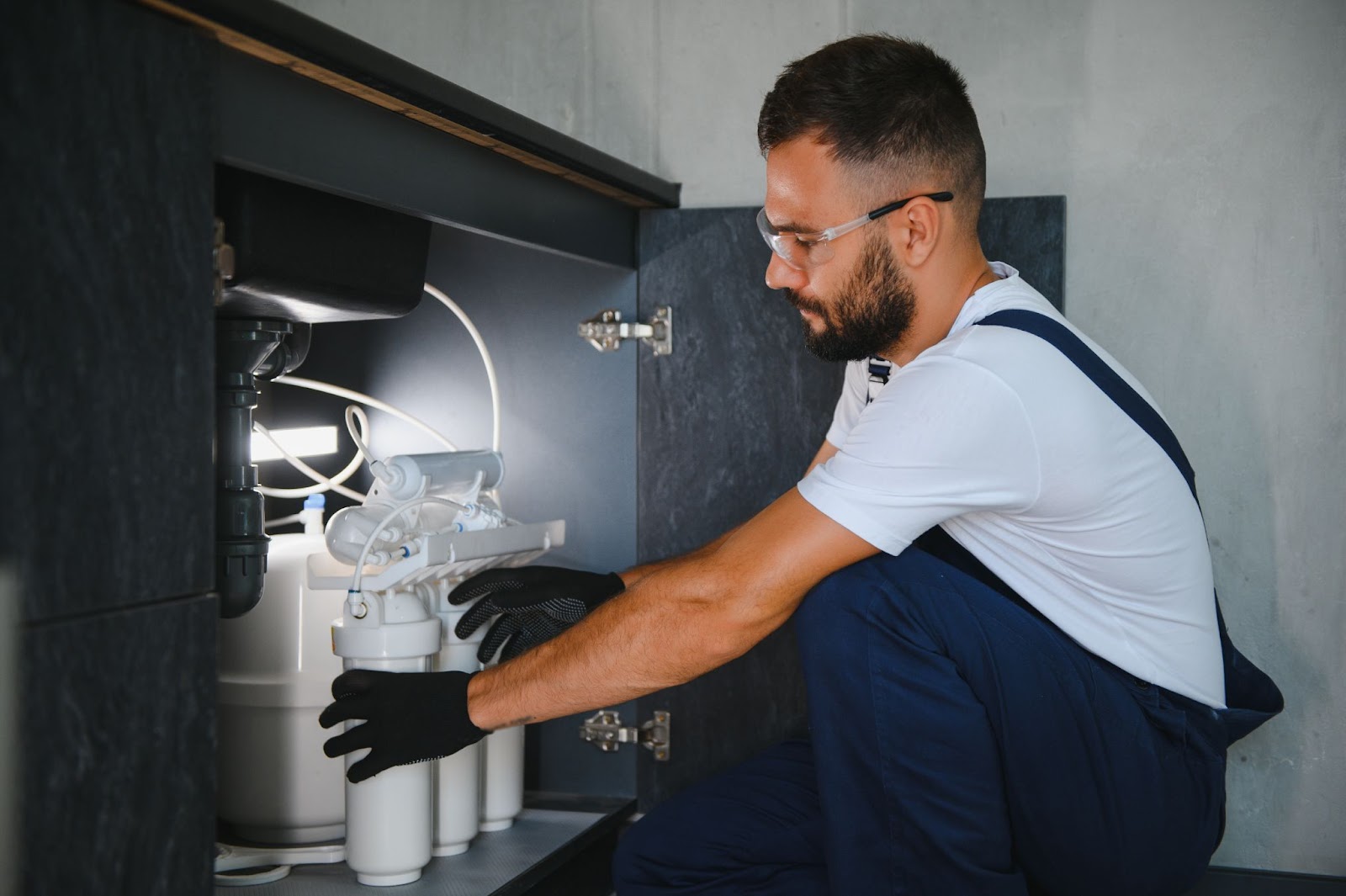You may know the importance of a working fire alarm system, but is your home equipped with a fire sprinkler system? It’s easy to overlook this safety element, but we’re here to help you stay on top of everything related to fire sprinkler systems.
Even if you have one in place, there are some signs that it’s time for a new fire sprinkler system. Here are six to be aware of.
Sign #1: Frequent Malfunctions
Fire sprinkler systems are designed to provide reliable protection in case of a fire emergency. However, one of the key indicators that it might be time for a new system is experiencing frequent malfunctions.
Frequent malfunctions can manifest in various ways. These may include:
- Leaking Sprinkler Heads: Leaks can occur due to wear and tear, leading to wasted water and potential damage to your property.
- Faulty Alarms: Malfunctioning alarm systems can result in delayed response times during a fire emergency, jeopardizing safety.
- Inconsistent Water Flow: If your system struggles to maintain consistent water flow, it may not effectively control a fire when needed.
- Valve Issues: Malfunctioning valves can prevent the proper distribution of water, reducing the system’s efficiency.
Frequent malfunctions can compromise the system’s ability to effectively control and suppress a fire or cause significant water damage to your property.
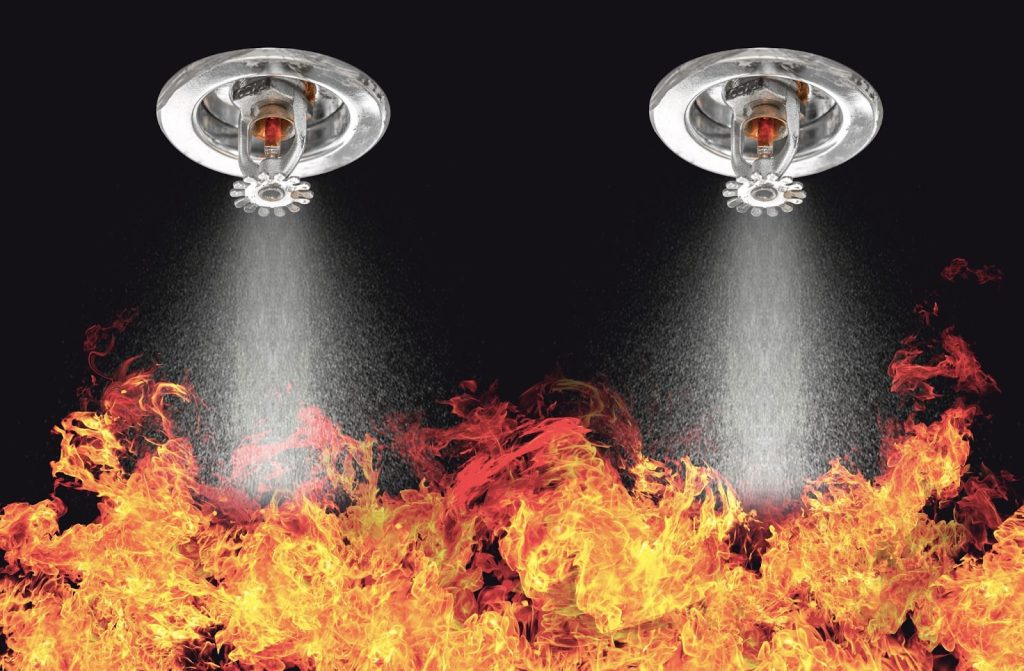
Sign #2: Corrosion and Rust
When it comes to evaluating the condition of your fire sprinkler system, the presence of corrosion and rust is a significant red flag.
Corrosion is the gradual deterioration of metal components due to chemical reactions. In the context of emergency sprinkler systems, it can impact pipes in the following ways:
- Reduced Pipe Thickness: Corrosion gradually eats away at the thickness of pipes, weakening their structural integrity.
- Restricted Water Flow: As pipes corrode, they may develop internal obstructions, reducing water flow and compromising the system’s ability to deliver adequate water when needed.
- Increased Vulnerability: Corroded pipes are more susceptible to leaks, cracks, and catastrophic failures.
Identifying and addressing corrosion in fire sprinkler pipes can be challenging for several reasons. Corrosion typically occurs over an extended period, making it hard to detect until it becomes severe. Proper inspection often requires specialized tools and expertise, which may not be readily available.
The positive takeaway here is that early detection and proactive measures can mitigate the risks associated with corrosion.
Sign #3: Outdated Technology
Technological advancements are continually reshaping various industries in our fast-paced world, and fire safety is no exception. Consider an upgrade when your fire sprinkler system lags in terms of technology.
- Smart Sensors and Detection: Modern systems incorporate intelligent sensors that can detect heat, smoke, and even carbon monoxide, allowing for faster and more accurate fire detection.
- Remote Monitoring: With internet connectivity, you can remotely monitor the status of your fire sprinkler system, receive real-time alerts, and even control it from your smartphone.
- Improved Materials: New materials are more durable and corrosion-resistant, extending the lifespan of components and reducing maintenance needs.
Upgrading to a modern fire sprinkler system means access to enhanced safety features that make a significant difference in emergencies. Advanced sensors and technologies enable faster detection and activation of the emergency sprinkler system, reducing the potential for fire growth.
Modern systems can activate specific sprinkler zones, targeting the fire source more precisely and minimizing water damage. Integrated systems can automatically trigger alarms, notify emergency services, and initiate safety protocols, improving response times.
Investing in a modern fire sprinkler system can lead to long-term efficiency and cost savings. Newer systems often require less frequent maintenance, reducing ongoing expenses. Staying up-to-date with the latest technology ensures compliance with current fire safety codes and regulations, avoiding potential penalties.

Sign #4: Changes in Building Layout or Usage
The building’s size and layout may change when you expand or renovate your property. It’s essential to assess whether your existing fire sprinkler system can adequately cover the new space. In some cases, system modification or expansion may be necessary.
Alterations in building usage or layout can affect fire hazards. For instance, converting a storage area into an office space might necessitate adjustments to your sprinkler system to meet the updated safety requirements.
Building codes are periodically updated to reflect the latest safety standards and technologies. If your local jurisdiction adopts new codes, your existing fire sprinkler system might no longer comply. Staying informed about these changes is essential.
In some cases, when building codes change, you may be required to retrofit your existing fire sprinkler system to meet the updated standards. This may include adding new features or enhancing the system’s performance.
Sign #5: Low Water Pressure
Low water pressure within your emergency sprinkler system can compromise its effectiveness when it’s needed most. Understanding the effects of low water pressure, its potential causes, and the benefits of upgrading to a high-pressure system can help you maintain a reliable fire safety solution.
- Slower Response: Low water pressure can result in delayed activation of fire sprinklers, allowing fires to grow unchecked.
- Reduced Coverage: Inadequate pressure may prevent fire sprinklers from effectively covering the entire area, leaving pockets of vulnerability.
- Lower Spray Intensity: Low pressure can reduce the intensity of the water spray, making it less effective at suppressing fires.
Understanding the causes of low water pressure is crucial for addressing the issue. Problems with the municipal water supply, such as water main breaks or inadequate infrastructure, can lead to low pressure. Clogs or obstructions within the sprinkler system’s pipes or components can impede water flow.
As pipes and valves age, they may develop leaks or corrosion, which can reduce water pressure. If the sprinkler system is connected to multiple fire protection systems or uses a shared water source, it may not have sufficient pressure during peak demand.
Sign #6: Aging Sprinkler Heads
As your fire sprinkler system ages, the sprinkler heads themselves are critical components that deserve attention. Understanding the lifespan of sprinkler heads, the impact of aged heads on system performance, and the importance of regular inspections and replacements can ensure your fire protection remains reliable.
Sprinkler heads are not designed to last indefinitely. They generally have a 20- to 50-year lifespan, depending on factors like materials, environmental conditions, and maintenance. Modern sprinkler heads are manufactured to meet rigorous standards, ensuring their durability and performance within their expected lifespan.
Over time, the sensitivity of sprinkler heads can decrease, causing delays in activation during a fire. This delay can lead to increased fire damage. Aged sprinkler heads are more prone to corrosion and blockages, hindering the even distribution of water or preventing activation altogether.
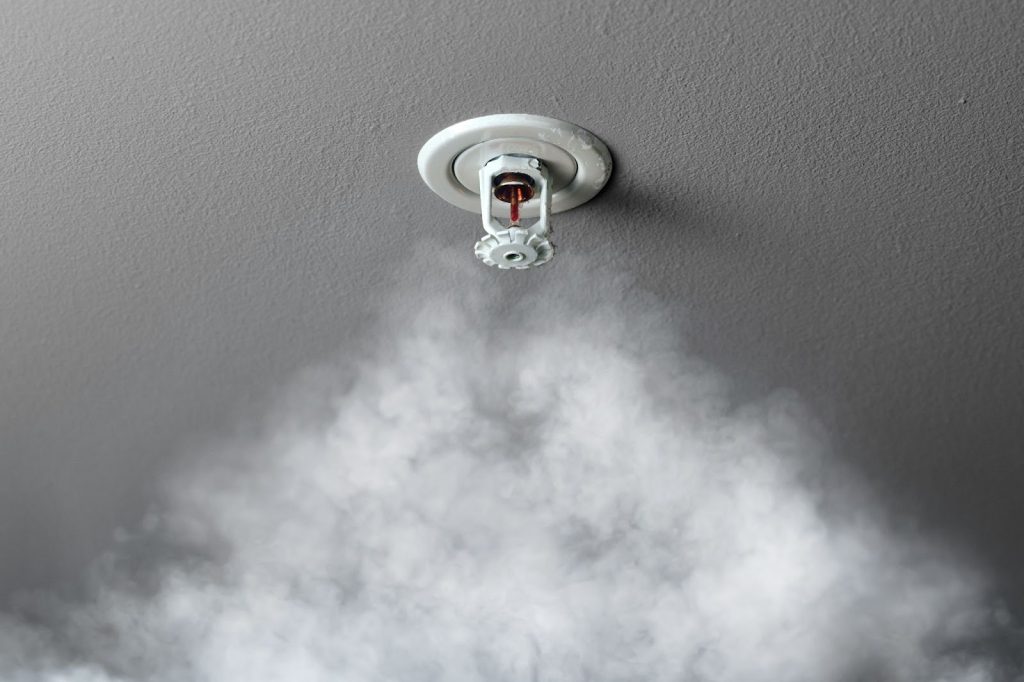
Choose Salisbury Plumbing for All Your Fire Sprinkler System Needs
Salisbury Plumbing’s licensed technicians are your go-to fire sprinkler system installation and repair experts. Plus, with their free, no-obligation estimates and transparent pricing, you can have peace of mind knowing there won’t be any surprises.
Don’t wait until a small issue with your fire sprinklers becomes a big problem — reach out to Salisbury Plumbing today or call (385) 279-2333 for top-notch service and expert guidance.
toto slot

